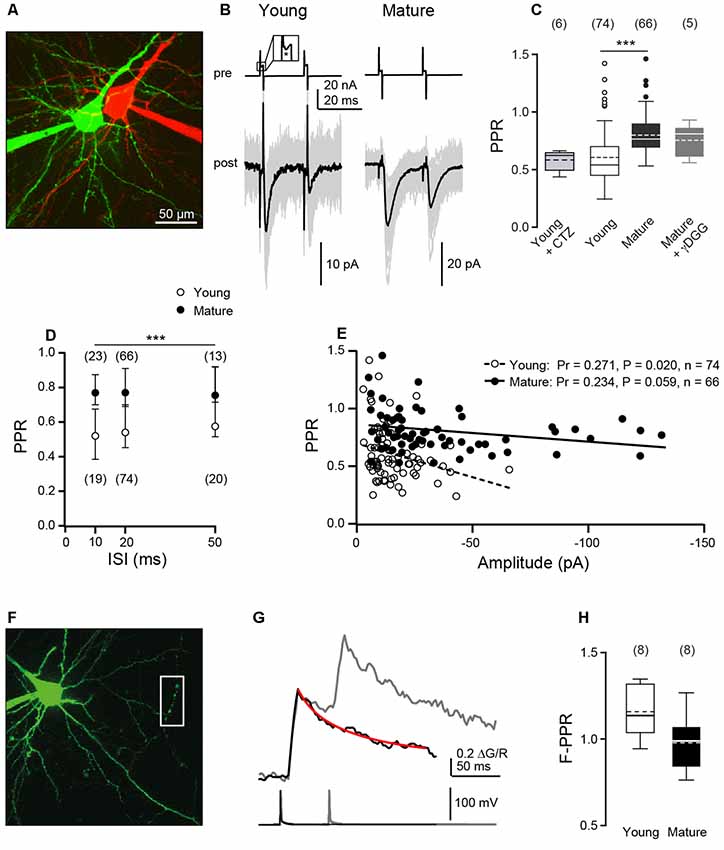

Target and out-of-reach locations were arranged along the anterior-posterior axis the out-of reach position was most anterior ( Fig.

In each trial, the pole was at one location. Following a sound, a pole moved to one of several target positions within reach of the whiskers (the “Go stimulus”) or to an out-of-reach position (the “No Go stimulus”)( Fig. We trained head-fixed mice in a vibrissa-based object detection task 27, while imaging populations of neurons ( Fig.

A subpopulation of neurons appeared to trigger licking in response to whisker touch, suggesting that L2/3 cells in the motor cortex learn to link task-related sensory inputs and actions. In expert mice, the representation at the level of neuronal populations was stable, despite continuing changes at the level of individual neurons. This indicates that motor cortex neurons default to represent specific behavioral features. Representations of individual neurons changed with learning, but in a restricted manner so that licking neurons rarely changed into whisking neurons and vice versa. Activity in L2/3 cells correlated with licking, whisking and touch-related forces. Instead we imaged activity in large populations of neurons 5, 25, 26 over weeks while monitoring multiple sensory and motor variables 27, 28, allowing us to relate population activity to behavior during learning. Tracking neuronal populations during learning is challenging because only a small fraction of neurons can be recorded stably over days using electrophysiological methods 24. L2/3 cells in vM1 thus might directly mediate the stimulus-response (touch-lick) association learned in the object detection task. Activity in the vibrissal somatosensory cortex (vS1, barrel cortex), activated by touch, propagates to vM1 18, 22, 23 to excite L2/3 neurons 8, 12. PT-type neurons in vM1 project to the brainstem to control whisking 19, 20 and rhythmic licking 5, 21. vM1 is the subdivision of the primary motor cortex where low intensity stimulation evokes whisker movements 8, 16– 18. To define their roles in learning we imaged large L2/3 neuron populations in the vibrissal motor cortex (vM1), while mice learned a sensorimotor task involving whisking and object detection, followed by licking for a water reward.

L2/3 neurons are thus poised to organize learned movements and the underlying sensorimotor associations. Learning causes plasticity in networks of L2/3 cells 5, 15. Synapses from the somatosensory cortex to L2/3 neurons are critical for learning new motor skills 13 and support long-term potentiation 14. L2/3 neurons also participate in learning-related plasticity. L2/3 neurons therefore link somatosensation and control of movements. Input from somatosensory cortex selectively impinges onto L2/3 neurons 8, 12. Within motor cortex, excitation descends from L2/3 to L5 9– 11. Outputs to motor centers in the brain stem and spinal cord arise from pyramidal tract (PT)-type neurons in layer (L) 5B. Different motor cortex layers harbor excitatory neurons with distinct inputs and projections 7– 10. The neural circuits underlying sensorimotor integration are beginning to be mapped. The motor cortex plays important roles in learning motor skills 3– 6, but its function in learning sensorimotor associations is unknown. Interactions between movement and sensation underlie motor control 1 and complex learned behaviors, where action sequences are required to achieve success in novel tasks 2. Our results suggest that ensembles of motor cortex neurons couple sensory input to multiple, related motor programs during learning.Īnimals move their sensors to collect information, and movements in turn are guided by sensory input. The activity of a subpopulation of neurons was consistent with driving licking triggered by touch. In trained mice, population-level representations were redundant and stable, despite dynamism of single-neuron representations. With learning, the population-level representation of task-related licking strengthened. Spatially intermingled neurons represented sensory (touch) and motor behaviors (whisking, licking). Here we imaged activity in the same set of layer 2/3 neurons in the motor cortex over weeks, while mice learned to detect objects with their whiskers and report detection with licking. Layer 2/3 neurons in the motor cortex might participate in sensorimotor integration and learning they receive input from sensory cortex, and excite deep layer neurons, which control movement. The mechanisms linking sensation and action during learning are poorly understood.


 0 kommentar(er)
0 kommentar(er)
